Forget the Numbers: 15 Ways to Tell Your Baby Is Truly Thriving
While growth charts and developmental milestones are valuable tools, they don’t always capture the full picture of your baby’s health and happiness. Every infant is unique, and thriving goes beyond numbers on a scale or calendar. Parents can look for a range of observable signs that reveal their baby’s well-being, comfort, and steady development. A more holistic approach helps you tune into your baby’s needs and achievements. For more on interpreting growth and development, visit HealthyChildren.org.
1. Bright, Responsive Eyes

Babies who track movement, make eye contact, and respond to visual stimuli are showing signs of healthy neurological and visual development. An alert, curious gaze reflects robust cognitive and sensory growth, while unfocused or disengaged eyes may signal a need for evaluation. Observing these visual interactions is a reassuring sign your baby is thriving.
2. Frequent Smiles and Social Interaction
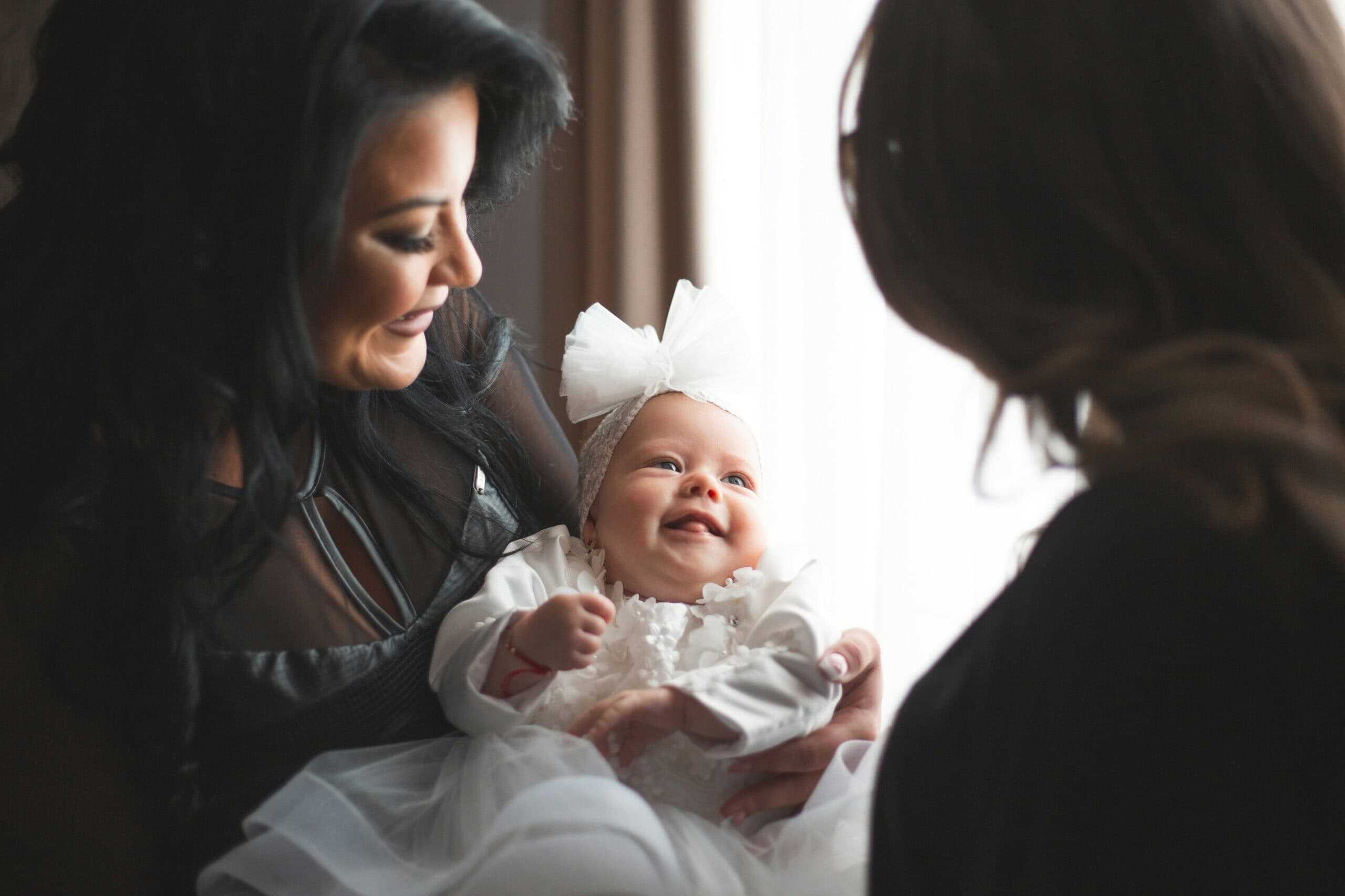
When your baby frequently smiles, coos, and attempts to ‘chat,’ these are wonderful signs of emotional and social well-being. Babies who readily engage with caregivers and respond to familiar voices are forming secure attachments and feeling safe in their environment. In contrast, withdrawal or lack of social response may warrant attention. Recognizing these interactions helps affirm your baby’s thriving development.
3. Steady Weight Gain (Not Just the Numbers)
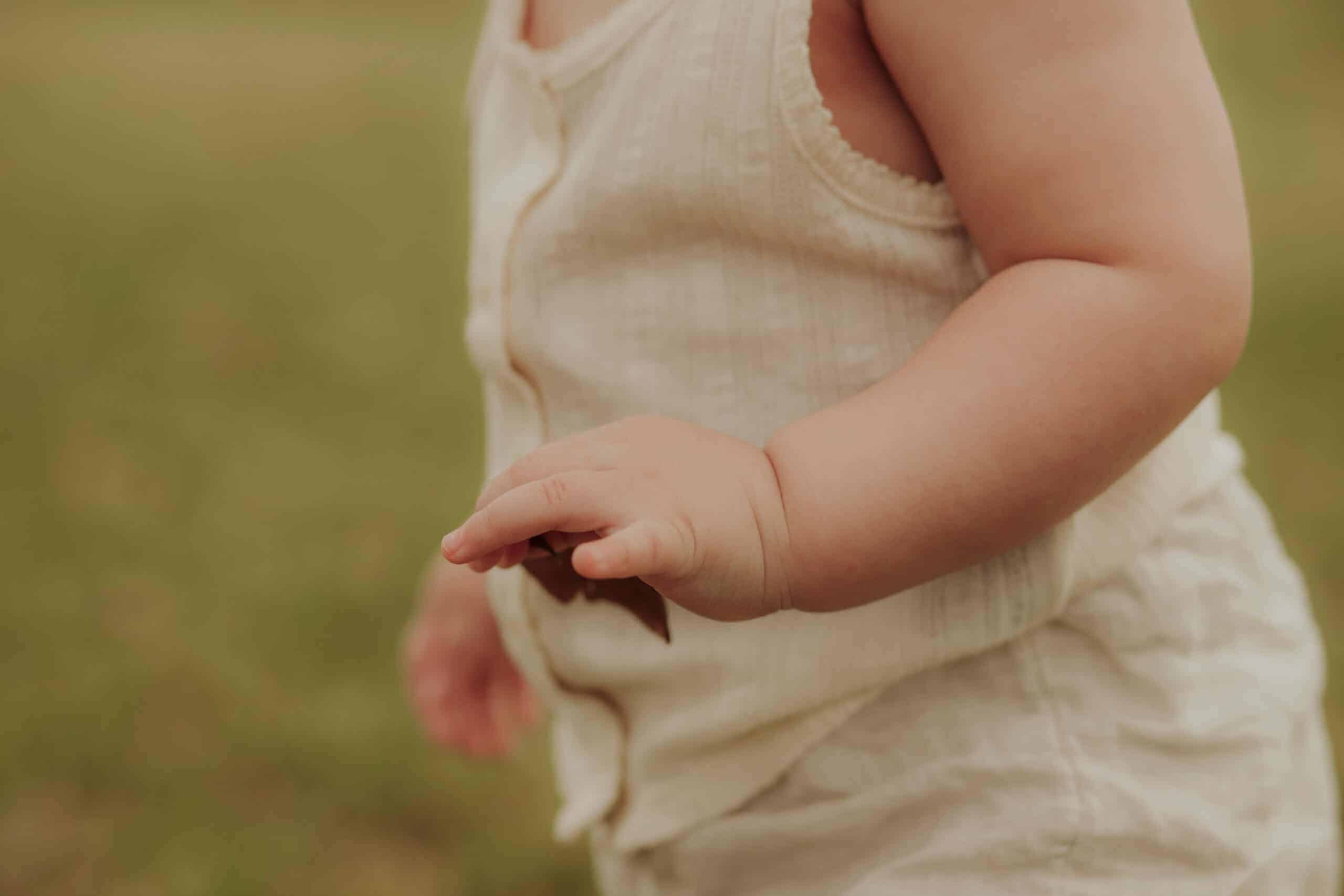
Consistent weight gain, shown by gradually filling out clothes and having soft, plump skin, is a strong indicator of good nourishment. It’s the overall trend—not exact numbers—that matters most. Babies who plateau or lose weight may need extra attention. Monitoring these visual and tactile cues helps ensure your baby is thriving.
4. Regular Wet and Dirty Diapers
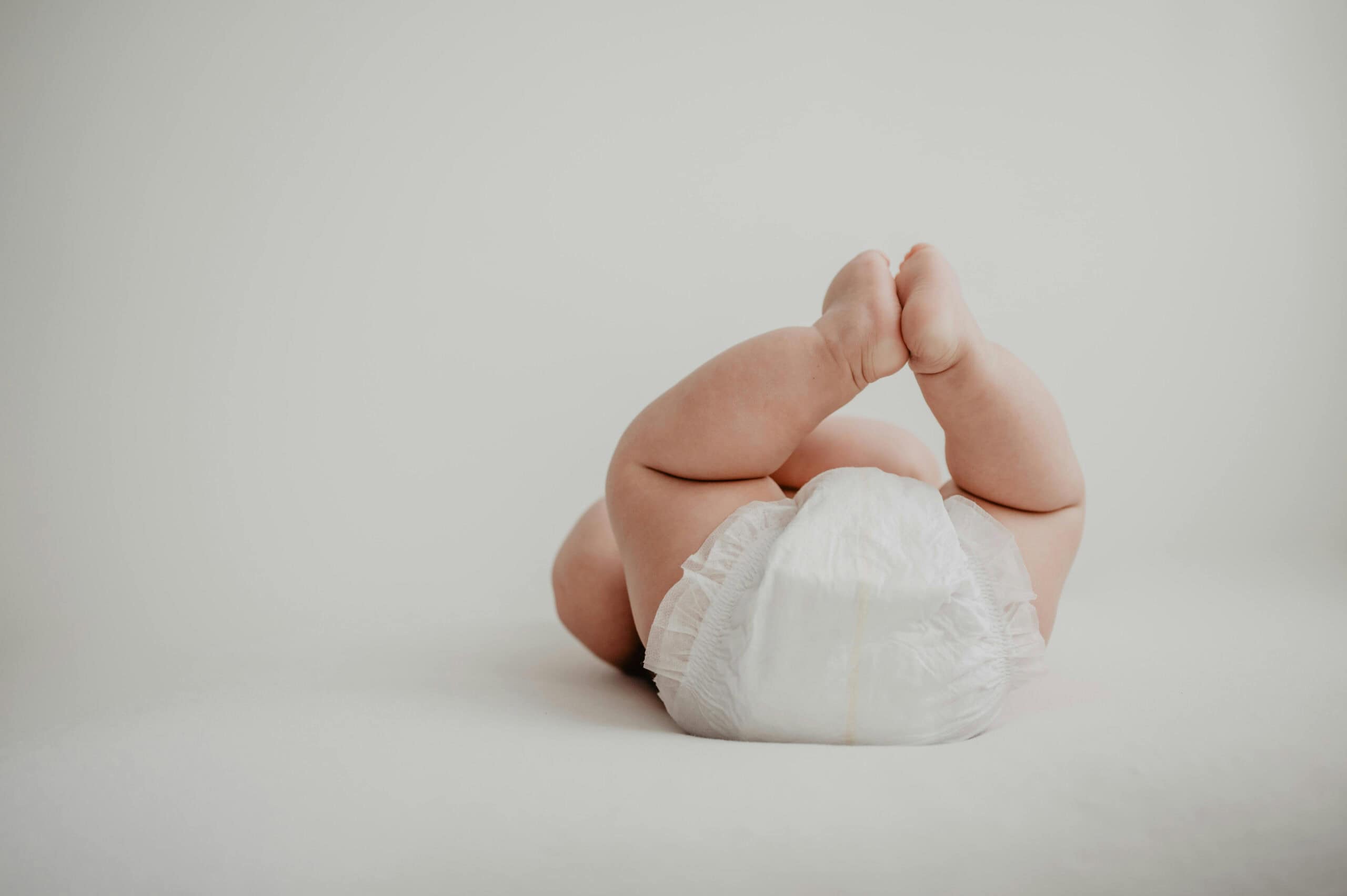
Consistent wet and dirty diapers show your baby is getting enough fluids and nutrition. Most babies should have several wet diapers and regular, soft stools each day. Infrequent urination or hard, dry stools may signal dehydration or feeding issues. Keeping track of diaper changes is a simple, effective way to monitor health.
5. Good Muscle Tone and Movement

Babies who kick, stretch, and begin to hold their heads up are displaying healthy muscle tone and neurological development. These movements indicate growing strength and proper motor skills. In contrast, babies who appear unusually floppy or stiff may need a medical evaluation. Observing your baby’s active engagement with their body is a key sign of thriving.
6. Curiosity and Engagement
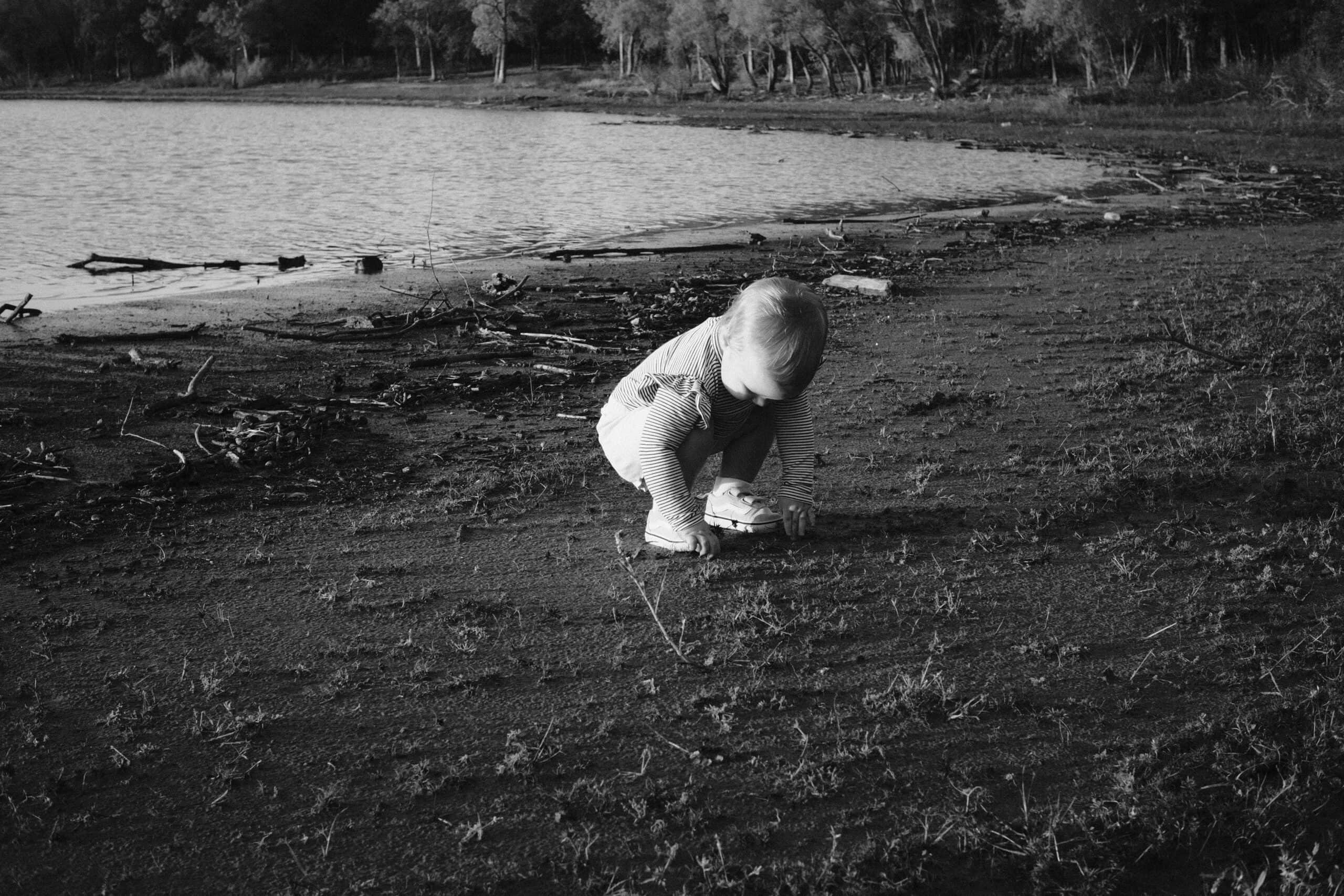
A thriving baby actively looks around, reaches for nearby objects, and reacts to interesting sounds and textures. This curiosity reflects a healthy, developing brain and a desire to learn from the environment. Observing your baby’s efforts to engage with the world around them is a strong sign of cognitive growth.
7. Predictable Sleeping Patterns

Although each baby’s sleep needs are unique, developing a general trend of predictable naps and nighttime sleep suggests a maturing and healthy nervous system. Babies who begin to settle into regular sleep and wake rhythms are usually comfortable and thriving. In contrast, persistent restlessness or extreme irregularity may signal discomfort or other concerns.
8. Calm When Comforted

A baby who relaxes when soothed by gentle touch, a familiar voice, or feeding is showing signs of healthy emotional regulation. This ability to be comforted suggests a secure attachment and well-being. Babies who remain inconsolable despite efforts may need further evaluation.
9. Good Appetite and Active Feeding
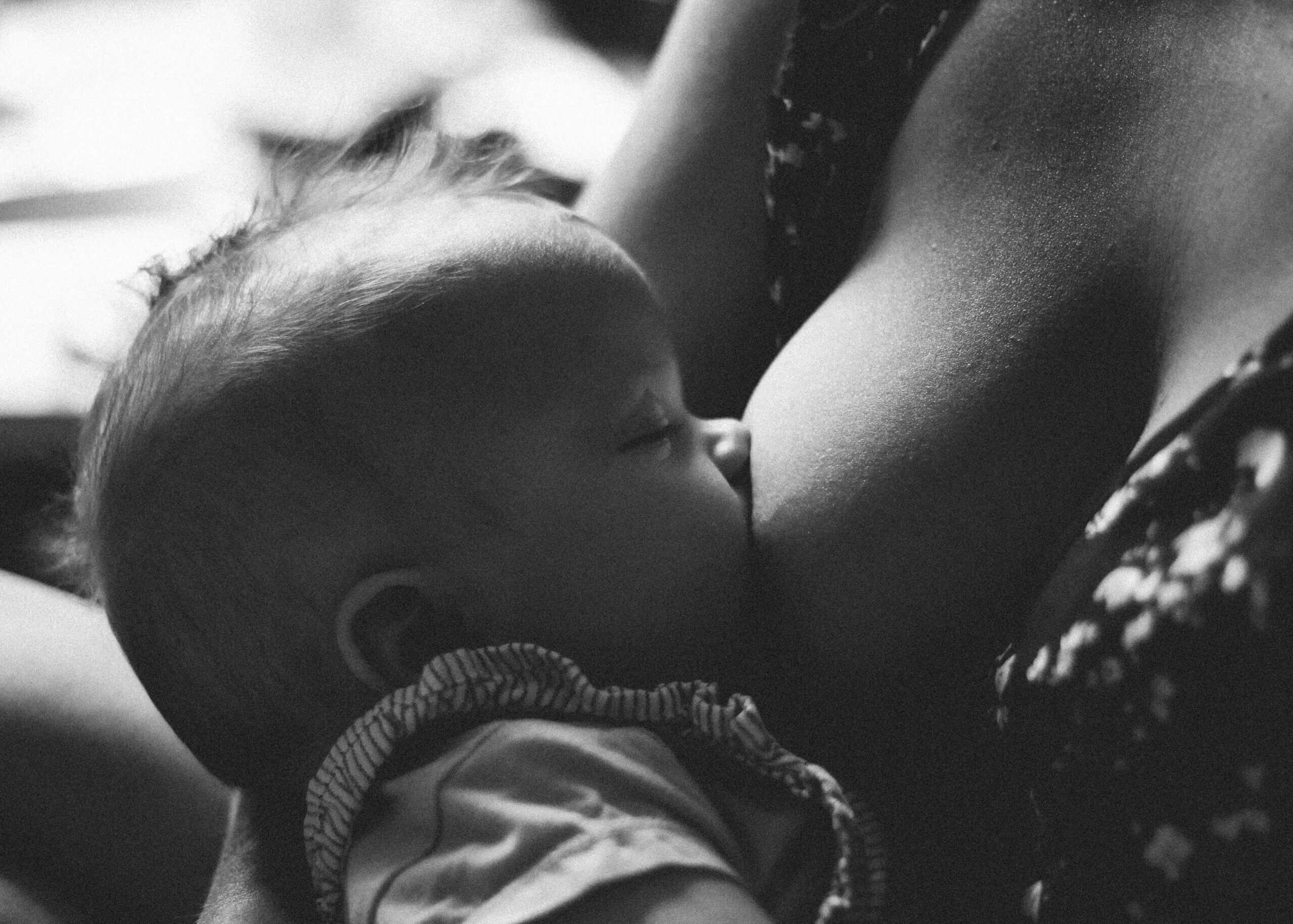
Babies who feed eagerly, whether by breast or bottle, demonstrate robust health and vitality. Enthusiastic suckling and contentment after feeding are reassuring signs they are receiving adequate nourishment. In contrast, babies who frequently refuse feeds or appear lethargic may need extra attention. Observing your baby’s appetite is an important way to gauge well-being.
10. Healthy Skin and Complexion
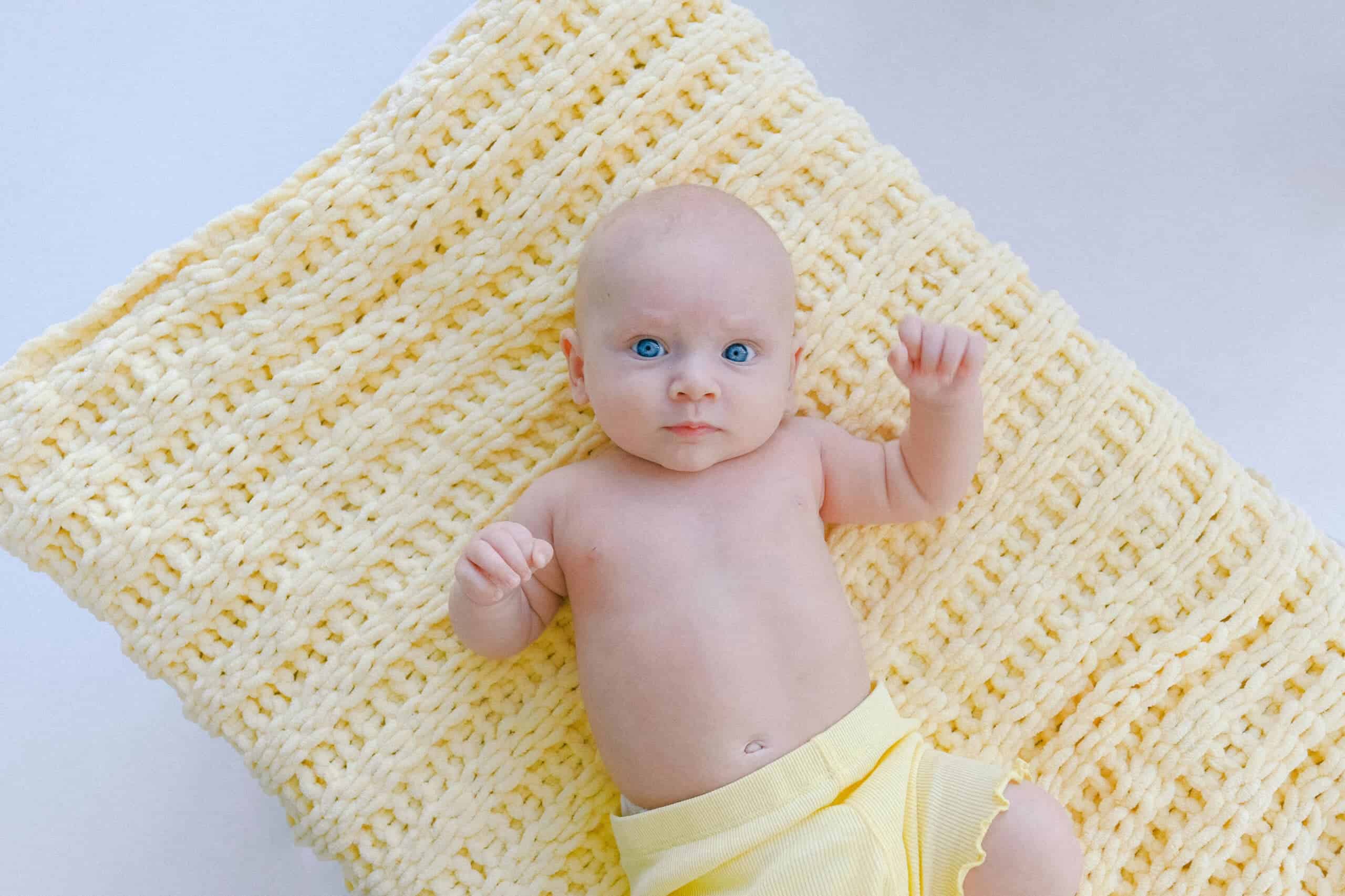
Soft, smooth skin with an even tone and good elasticity indicates your baby is well-hydrated and properly nourished. Healthy skin is a visible marker of overall well-being. However, if your baby’s skin appears unusually pale, mottled, or remains persistently yellow, it could signal underlying health concerns.
11. Vocalizing and Babbling
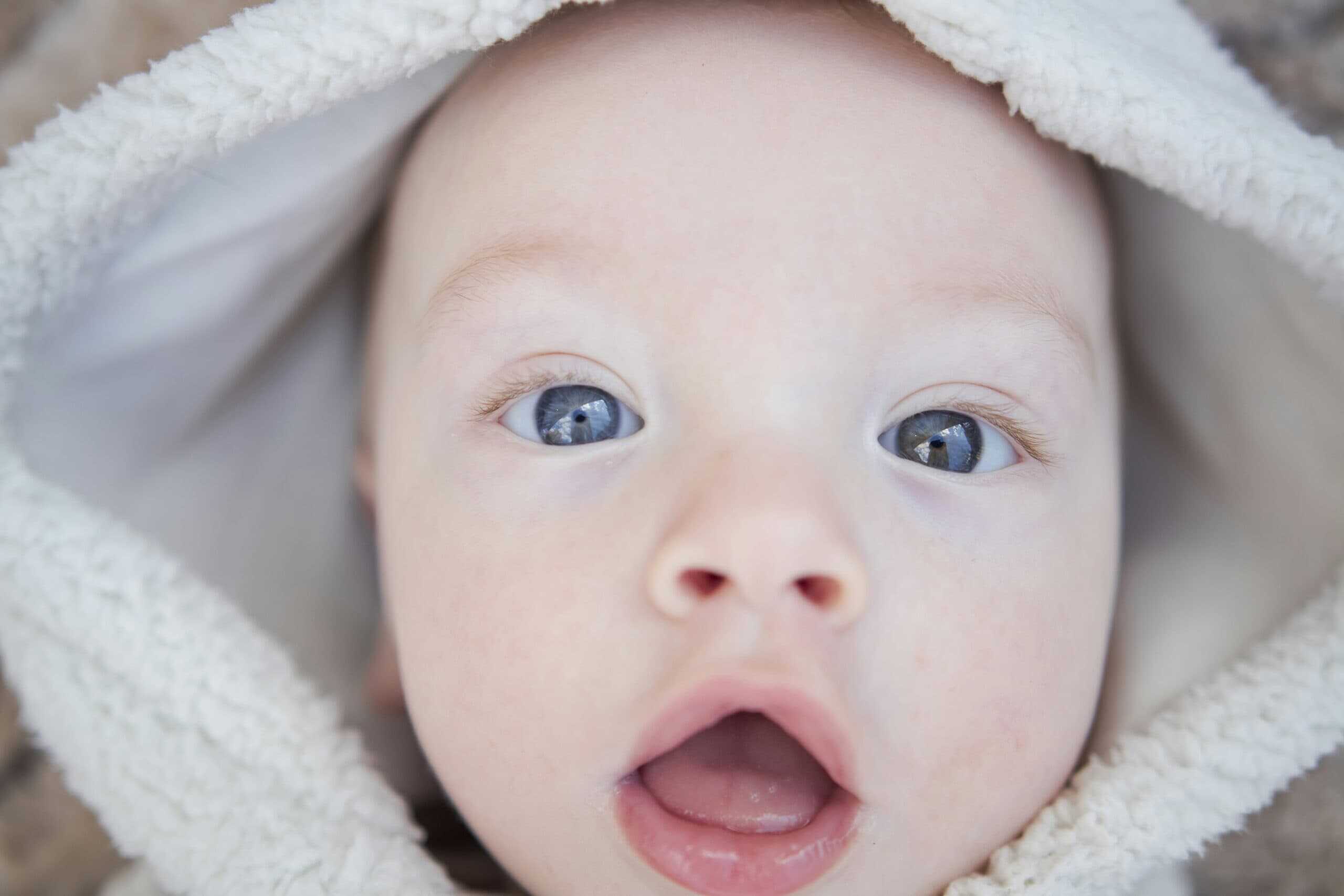
Babbling, squealing, and experimenting with a range of sounds are important milestones in speech and brain development. Babies who frequently vocalize are exercising their communication skills and laying the foundation for language. In contrast, if a baby is unusually quiet or rarely makes sounds, it may warrant closer attention.
12. Strong Grip and Reflexes
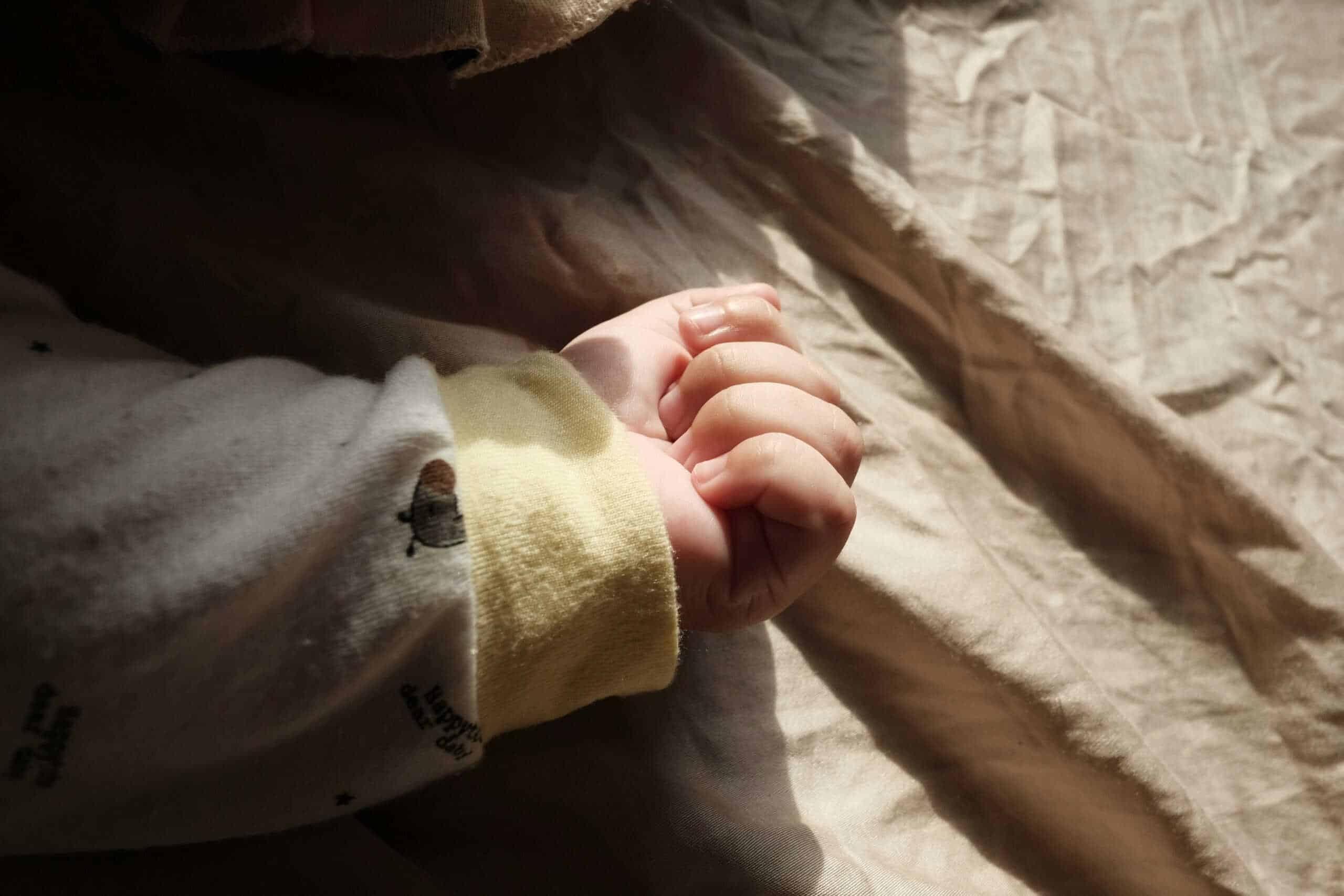
A baby who firmly grasps a finger or toy and displays normal reflexes like rooting and sucking is showing healthy neurological development. These reflexes are essential indicators of brain and nerve function. Weak or absent reflexes could be a sign that further evaluation is needed.
13. Shows Recognition of Familiar Faces
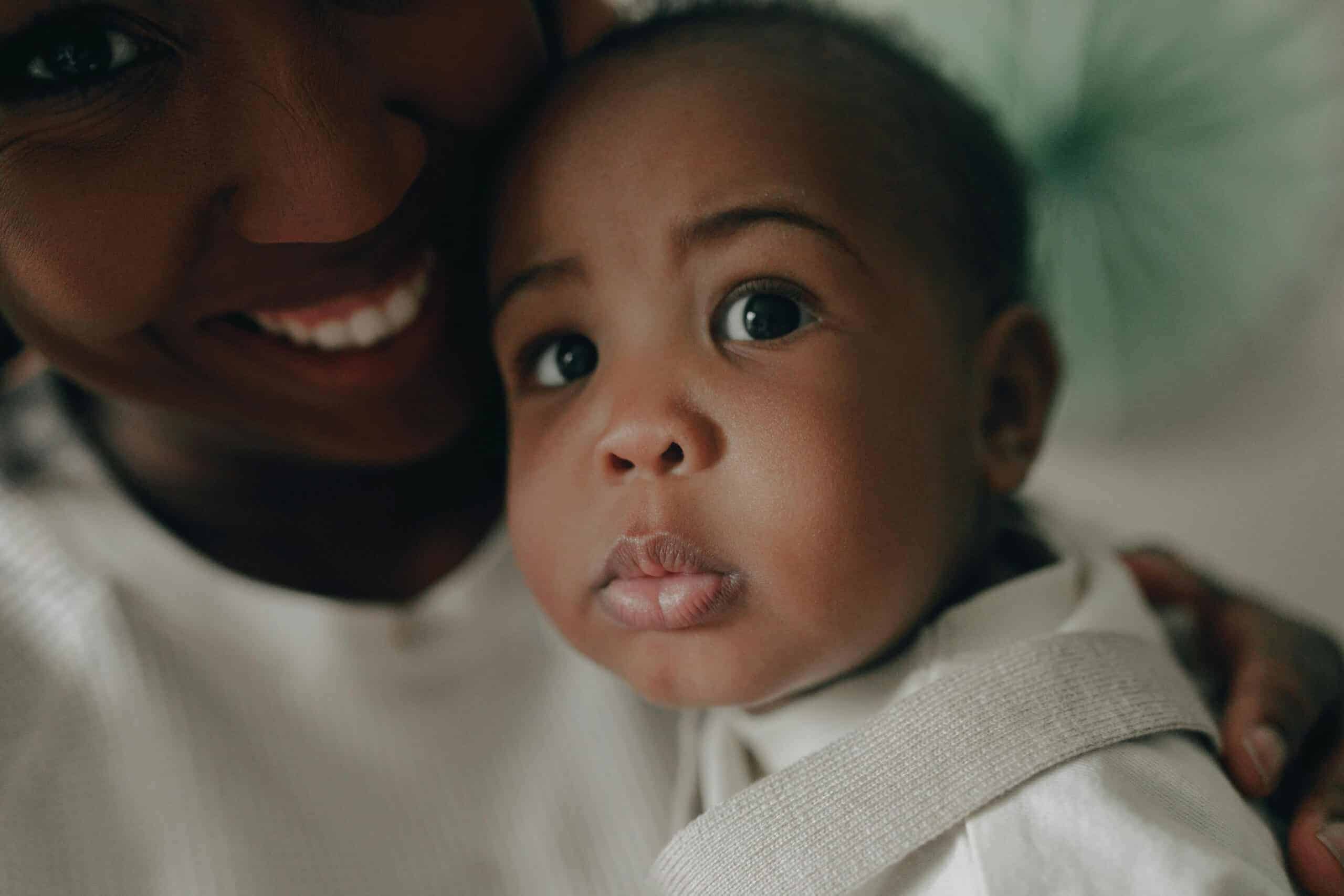
Babies who light up, smile, or calm down when they see familiar caregivers are showing clear signs of memory and attachment. This recognition reflects healthy emotional bonds and developing cognitive abilities. In contrast, babies who seem indifferent to people around them may need extra attention. Recognizing loved ones is a reassuring sign your baby is connecting and thriving.
14. Occasional Fussiness with Recovery
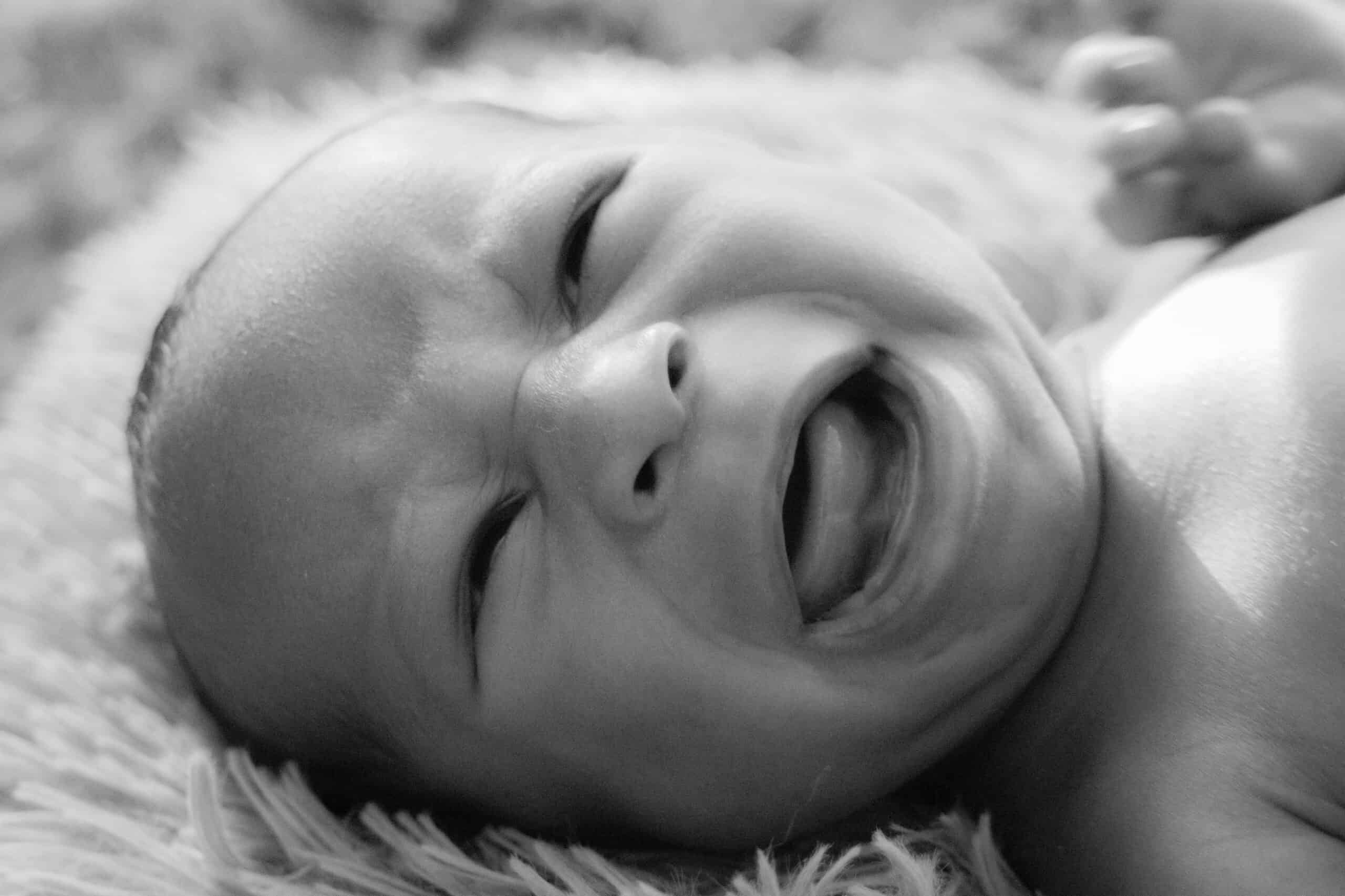
It’s normal for babies to be fussy at times, but a thriving baby typically calms down when comforted or after hunger, tiredness, or discomfort is addressed. This ability to recover from fussiness shows healthy regulation and well-being. However, persistent or inconsolable crying may indicate an underlying problem.
15. Meeting (But Not Rushing) Milestones

Every baby develops on their own timeline, and steady progress in rolling, sitting, or reaching for objects is a wonderful sign of healthy growth. It’s important not to compare your baby to others or focus too rigidly on milestone charts. Small delays are often normal and part of individual variation.
Conclusion

Ultimately, a thriving baby is best understood through a combination of observable behaviors and steady development, not just by the numbers on a chart. Trust in the small, daily signs—engagement, contentment, and gradual progress—as vital indicators of well-being. Remain responsive to your baby’s needs, and consult a healthcare professional if you notice persistent concerns. For more guidance on recognizing healthy development, visit HealthyChildren.org. Celebrate each unique milestone as your baby grows and flourishes.
.article-content-img img { width: 100% }




